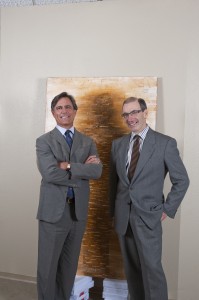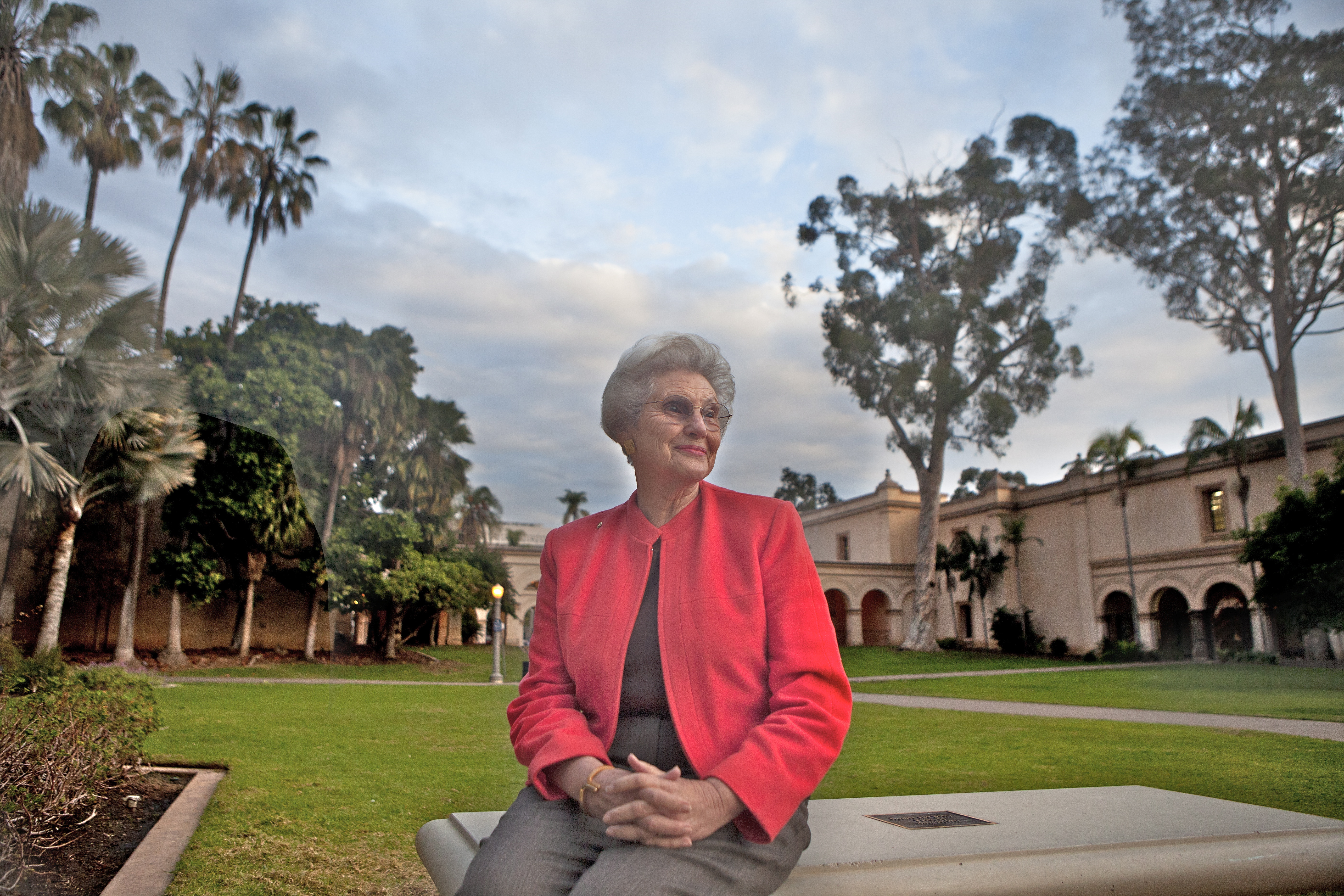Taming the Monster (dot.com)
In the age of the Internet, employment agencies are busier than ever.
By David L. Coddon

You wonder what Fred Winslow, who in 1893 opened the first employment agency in the United States, would make of it: jobs as close as the click of a mouse. Come to think of it, a mouse was a very different animal back in Fred Winslow’s days.
The employment recruitment and placement industry is well into a 21st-century revolution, and there’s no sign of a slowdown. Classified ads are practically a thing of the past. Job boards and employment matchmaking have gone digital. Many of the dot.coms have become household names: Monster, CareerBuilder, Jobfox, Realmatch. Add to the mix Craigslist, and rapidly expanding social networking sites like LinkedIn, Facebook and Twitter, and you’ve got a brave new world for employers and job seekers alike.
That world includes employment agencies and corporate headhunting services in San Diego.
“It’s completely changed how we do business,” said Mel Katz, co-owner (with Phil Blair) of San Diego Manpower, of the industry shift. “Because of the (online) job boards and the social networking, it’s basically a whole different way that we recruit and find candidates. Our recruiters have had to learn all new skills.”
As Amber Elrod, regional manager for Kelly Services, San Diego, pointed out, “The days of running an ad in the paper are obsolete. We’ve had to use all those (online) mediums in order to capture the folks that we’re looking for.”
But change doesn’t have to be a negative.
At StormStaff, a full-service recruitment firm headquartered here, “It’s not so much that (the job boards) take away from the business we have as do they provide an additional opportunity to brand our company,” said associate vice president Kelly Strukoff, whose division works in placing people in permanent and temporary positions in accounting and finance. “The internet in general has become a way for recruiting firms to do a lot of free marketing. The job boards were really the first development of that. The more job seekers see our name out there, the more it increases our visibility.”
And Bob Watkins, president and chairman of the R.J. Watkins Team that matches companies with recruits at the CEO and board-of-director level, said that “We have greater access on a global market basis than we had before. We can go into any country, any neighborhood, to find what we need. We’ve become more efficient. It also speeds up the process for us on the front end. The internet has enabled us to get on our projects quicker. Clients don’t want four or five months to find somebody.”
Speeding up the process is critical.
“Before there were the different job sites,” said Manpower’s Katz, “you would run classified ads in the newspaper and you would wait for people to apply and then come into their offices. Today, we can go on Monster and CareerBuilder and Dice and see available people right then.”
By and large, employment agencies and services in San Diego have opted to be proactive rather than reactive when it comes to new technology.
“You’ve got to be forward thinking,” said Elrod, whose team is constantly developing strategies for being more innovative with recruiting. In part that means seeing the influx of new media as an opportunity. The social networking sites in particular. “LinkedIn has become a really popular one for professional and technical recruiters to use,” she said.
In seeking to service the Generation-Y demographic, what Elrod calls Kelly’s target audience, her company even utilizes the Second Life virtual-world site. “In Second Life,” she said, “you can hold virtual job fairs. Even the days of going to an old job fair are becoming obsolete.
“We’ve also developed our own online job board – that’s our Kelly Career Network. We get over 500,000 new resumes on an annual basis.”
Less than a year ago, Manpower launched its own online career management platform, which it calls MyPath.
“It enables people to go online and manage their careers through this site,” Mel Katz explained. “It has assessments, it has areas you should be going toward. It’s managing your entire career and it doesn’t do anything as far as telling you what kind of jobs we have open. Hopefully, down the road, when you’re ready to make a change you’ll see the kinds of things Manpower has for you.”
StormStaff maintains both a Facebook and a LinkedIn page and, said Strukoff, has followers on Twitter. “We’re doing it all,” she said. “LinkedIn has become a great tool to build relationships for us. Nobody wants to talk on the phone anymore. That’s a game-changer for us. If you don’t incorporate building these relationships online, you’re going to get buried by other companies that are out there using these tools.
“To stay ahead of the curve, it’s really being aware of what technology is being used and figuring out how to adapt it to what makes sense.”
What makes sense, even in the midst of a digital revolution, is that recruitment and placement – employment as a whole – is about people.
“I think that fundamentally our business doesn’t change,” said Strukoff, “because if you’re doing it the right way, it’s a business of relationships, of matching the right person to the right job. Not matching a resume to a job description.” z



